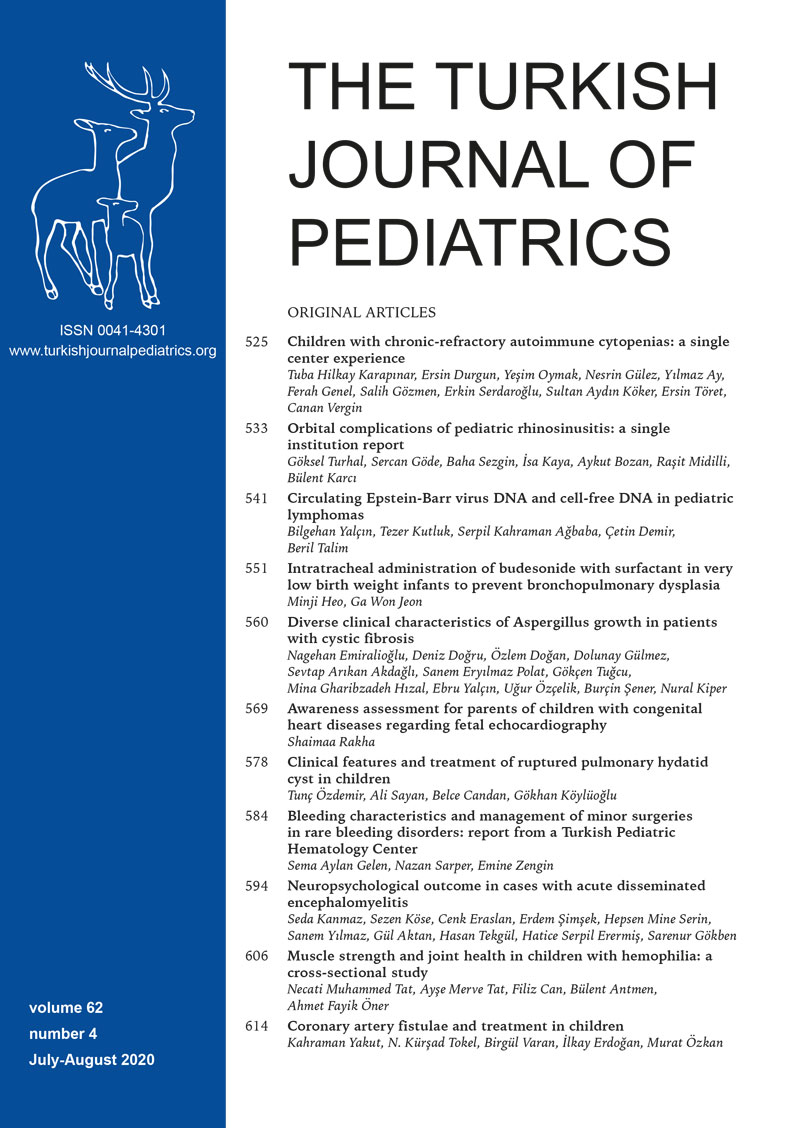Abstract
Background. Herein we present our experience with abatacept in a patient diagnosed with primary focal segmental glomerulosclerosis (FSGS) and resistant to steroid and other immunosuppressives.
Case. A 17-year-old girl was diagnosed with idiopathic nephrotic syndrome (NS) at the age of 8 years. Kidney biopsy was performed when she did not respond to 6-weeks of steroid (2mg/kg) therapy followed by three doses of pulse methylprednisolone (PMP) and considered as steroid resistant NS. The biopsy revealed focal segmental glomerulosclerosis (FSGS) and cyclophosphamide was added to the steroid treatment but the patient had no response. The genetic analysis revealed G34G/A318A compound homozygous synonym aminoacid variation in NPHS2 gene, thus all immunosuppressive regimes were stopped and she was put on supportive treatment. Throughout this period, she had nephrotic range of proteinuria, however serum albumin levels were > 3g/dl. At the end of two years, the patient had NS with severe edema and hypoalbuminemia. When the genetic analysis was interpreted again, it was found to be consistent with a polymorphism rather than a mutation. Following 3 doses of PMP, oral steroid treatment was resumed and cyclosporine (CsA) was added to the treatment at the fifth year of follow up. However, she was unresponsive to CsA at the end of the first year as well as mycophenolate mofetil used for 12 months and rituximab used for 6 months, respectively. Then abatacept was instituted and proteinuria decreased below 1 gr/day and serum albumin levels increased to 3 g/dl at the end of 6 doses. Serum albumin levels remained stable in the following 7 months.
Conclusion. Partial remission including the decrease in proteinuria and increase in albumin levels achieved in our patient encourages the usage of abatacept in patients who do not respond to multiple immunosuppressive therapies.
Keywords: abatacept, focal segmental glomerulosclerosis, nephrotic syndrome
Copyright and license
Copyright © 2020 The Author(s). This is an open access article distributed under the Creative Commons Attribution License (CC BY), which permits unrestricted use, distribution, and reproduction in any medium or format, provided the original work is properly cited.














